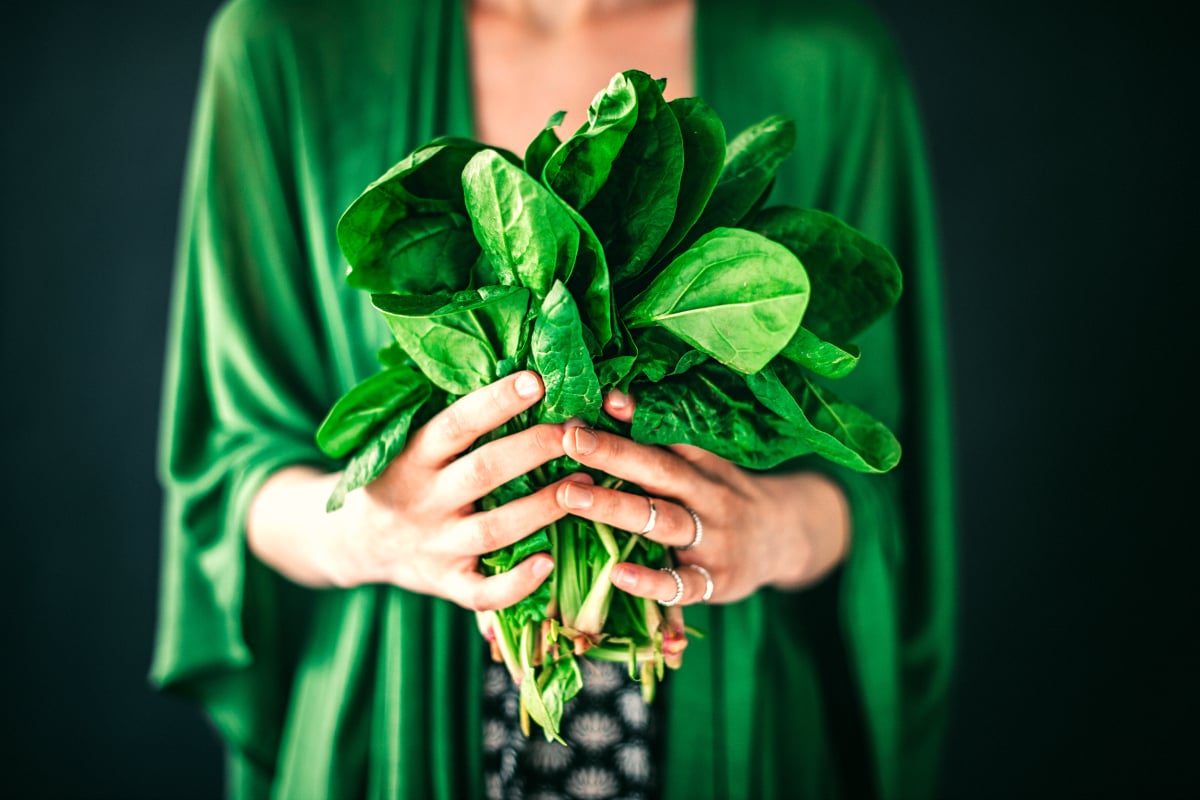
There’s a good chance you’ve been hearing murmurs about magnesium around the place of late.
In the supermarket, at the chemist, on Instagram and written on the labels of oils and sprays – everyone’s talking about the mineral and how it can solve all (OK, some) of your problems.
Better sleep, faster muscle recovery, more energy and elevated mood are just some of the alleged benefits of eating magnesium-rich foods and using magnesium-based products.
So is magnesium a legitimate cure-all, or the next wellness fad?
To sort fact from fiction, we asked Accredited Practising Dietitians and founding directors of The Biting Truth Anna Debenham and Alex Parker to sum up what you need to know about the benefits of magnesium and which magnesium-rich foods to chuck on your plate.
What is magnesium?
Magnesium, aside from being one of the many elements you were made to memorise in high school, is a mineral crucial to the overall function of the human body.
It’s the fourth most abundant mineral in the body – approximately 50 per cent of magnesium in the body is found in bone, and the other half inside cells of body tissues and organs, the Australian Government’s National Health and Medical Research Council reports.
Debenham and Parker added, “Every cell in your body contains magnesium, and needs it to function.”
Magnesium benefits.
According to Debenham and Parker, some of the main functions of magnesium include:
- Muscle contraction and relaxation: This is one of its most well-known roles.
- Energy production: It is also involved in energy creation by helping to convert the food we eat into energy and it helps to create new proteins.
- Gene repair and maintenance: it helps create and repair your DNA.
- Protein production: it helps create new proteins from amino acids.
- Bone development: involved in the regulation of calcium and vitamin D.
They added, “While further research is needed, there is some emerging evidence linking magnesium to improving conditions such as PMS symptoms in women, preventing migraines, improving mood in people suffering with depression and improving sleep quality.”
Side note – here are some specific foods that might help with PMS symptoms. Post continues after video.
